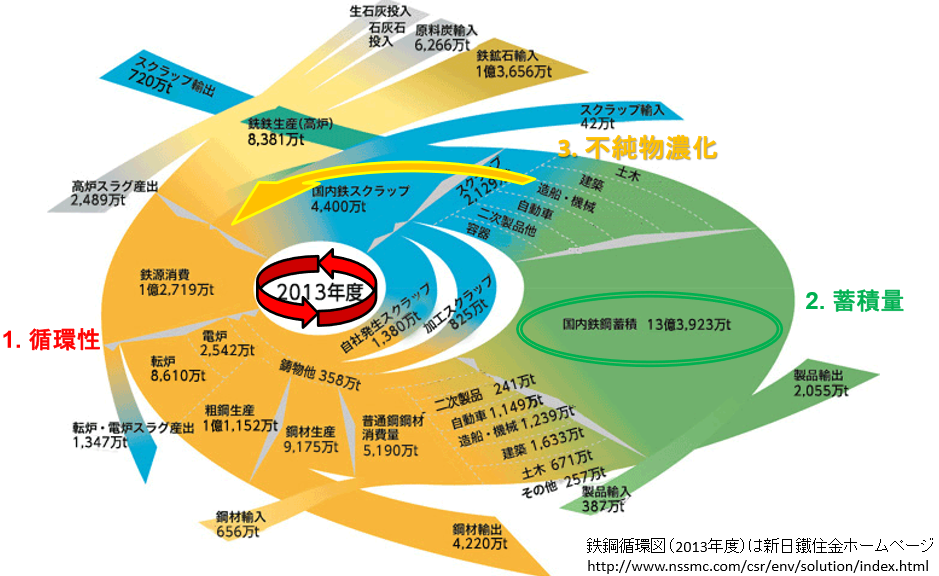/Image1150.gif)
Fig. 9. A summary of the preferred precipitation mechanisms
for Fe and SiO2 to form the oxide BIF of
the Hamersley Group. |
/Image1152.gif)
Fig. 10. A summary of the main features of the genetic model
for BIF and associated sedimentary rocks in the Hamersley Group. Atmospheric conditions are modified by volcanic emissions.
Supply of materials is ( 1 ) from surface ocean currents, giving
the hematite varves, interrupted periodically by (2) high iron
supply from upwelling currents and MOR hydrothermal output, both
modified by (3) fine ash from distal sources. Photic depths are
controlled by seasonal changes, and turbidity in the water and
atmosphere. Precipitation of iron is primarily by oxidation in
the photic zone, and the precipitate consolidates as ferric oxide;
or is modified by partial reduction to form magnetite (2 ferric/1
ferrous); or is substantially reduced, dependant on the organic
supply, augmenting iron in the sub-photic zone and leading to
the precipitation of ferrous-rich compounds. Increasing volcanism
improves the nutrient content of sea-water for organic growth,
but also adds limits to growth by curtailing the amount of available
light, leading to S macroband deposition Maximum organic supply
with minimum oxidation results in black shales. The mineralogical
distributions are qualitative. |
/Image951.gif)
/Image952.gif)
/Image953.gif)
/Image954.gif)
/Image955.gif) 図9.
主要鉄鉱山生産量(2009年)
図9.
主要鉄鉱山生産量(2009年)/Image982.gif)
/Image992.gif)
/Image956.gif)
/Image957.gif)
/Image959.gif)
/Image958.gif)
/Image993.gif)

/Image980.gif)
/Image965.gif)
/Image1134.gif)
/Image1135.gif)
/Image1126.gif)
/Image1136.gif)
/Image1151.gif)
/Image1153.gif)
/Image1150.gif)
/Image1152.gif)
/Image964.gif)
/Image1131.gif)
/Image1132.gif)
/Image1133.gif)
/Image999.gif)
/Image1581.gif)
/Image995.gif)
/Image994.gif)